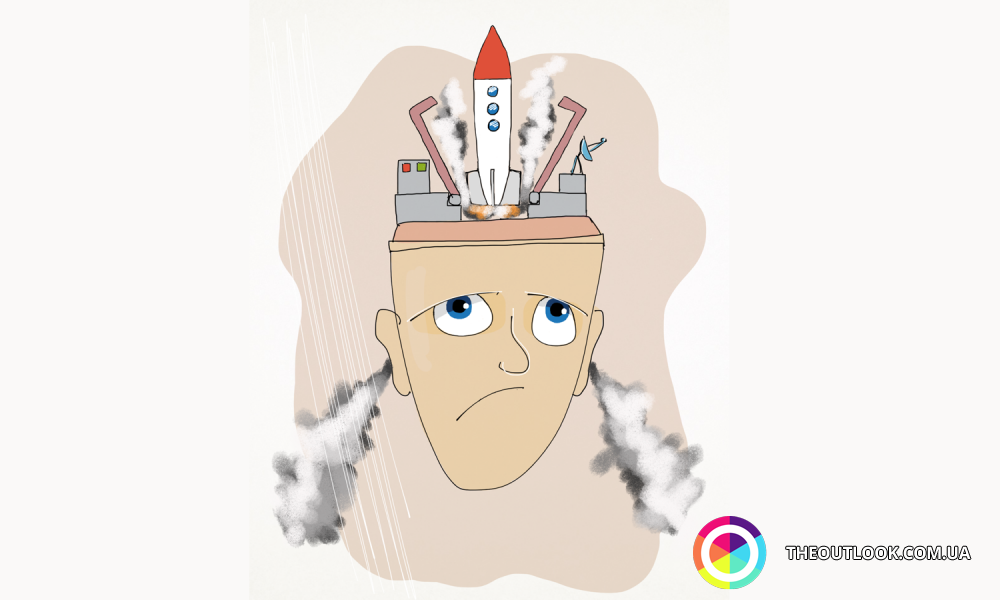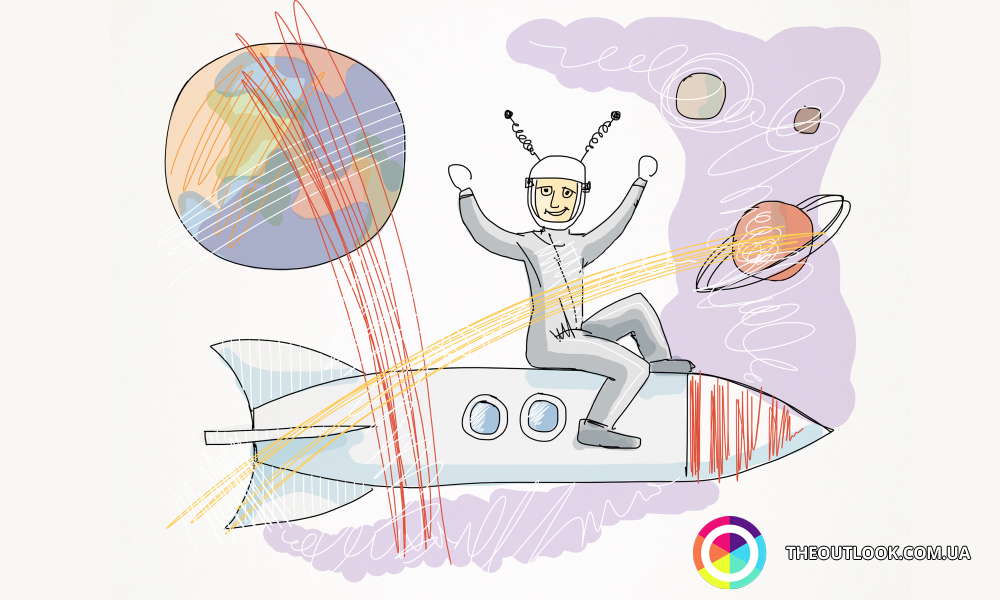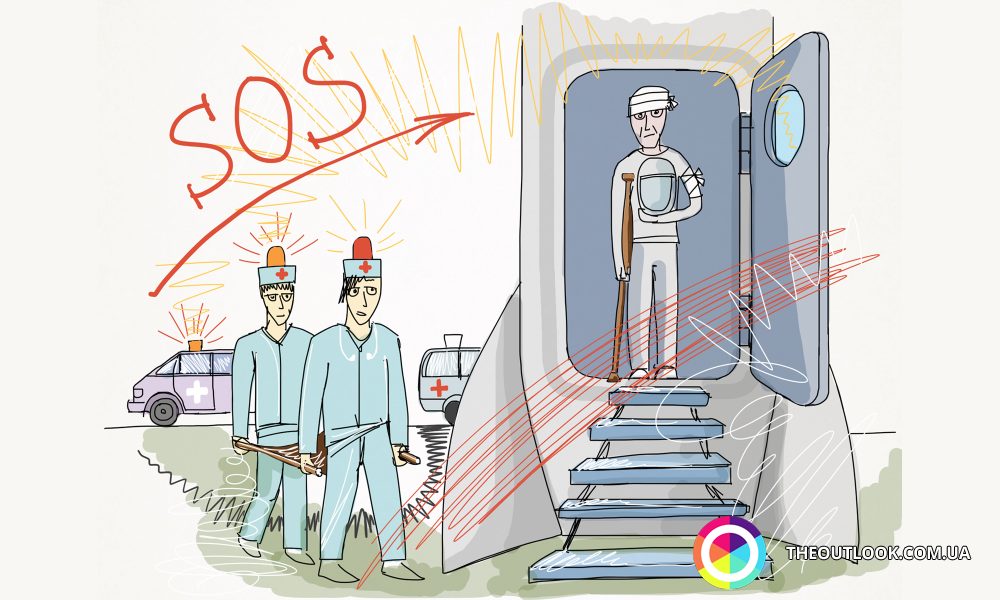Space as a syndrome

Let’s clarify from the start that before Tito, in early 1990s, two commercial spacemen went to space: Japanese Toyohiro Akiyama and British Helen Shaman. Their flights were financed by the third parties. American millionaire, on the contrary, paid for the trip from his own pocket and spent as much as 20 million dollars. But it’s not the financial side that we feel like talking about – it’s rather the health of people, who have been “there”. Since “extraterrestrial” tourism has prospects of becoming a part of our lives very soon.
Before the flight the willing ones will have to undergo serious training. Even slight deviations from healthy indicators will prevent people from going to space. However, perfect physical conditions will not constitute a passport to security. The very same Tito was going in for sports actively for 8 months, still, a problem with his heart arose during the takeover so if it wasn’t for his partner, spaceman Talgat Musabaev who exercised timely medical aid, no one knows, what the journey would have ended up in for the American…
But there is more to come after getting closer to the stars.
 Usually it is in zero gravity where survivability test begins even for the most experienced spacemen. Adaptation is very much like sea sickness with nausea, headache, appetite loss and performance decrement. Acclimatization flows differently for everyone: space tasks some people less other – more. By the way, in 1980 an American astronaut Jake Garn felt so sick during his first days that his colleagues started using the word ‘garn’ as a unit of measurement of the condition’s severity.
Usually it is in zero gravity where survivability test begins even for the most experienced spacemen. Adaptation is very much like sea sickness with nausea, headache, appetite loss and performance decrement. Acclimatization flows differently for everyone: space tasks some people less other – more. By the way, in 1980 an American astronaut Jake Garn felt so sick during his first days that his colleagues started using the word ‘garn’ as a unit of measurement of the condition’s severity.
Aside from acclimatization, it is worth remembering the danger of infectious nature. Modern medical science discovered that even without obvious health problems a person, when getting to space, may get sick at once. Bacteria that are harmless to us on Earth mutate in space to exert their poisonous influence 30 % stronger. Special vaccination is being developed in NASA nowadays.
Let’s simulate a situation: the take-off was fine, organism has adjusted and we’d far-sightedly undergone vaccination before the journey. After seeing the beauty of the space and spending some time on the orbit, we’ve come back to our native Earth. And here we repeat: “Houston, we’ve had a problem”.

Averagely a person needs three weeks after the flight to get back to normal pace of life. Medics acknowledge that back on Earth spacemen have problems with blood-vascular system, muscles as well as with vessels and organs responsible for metabolism. Such issues are seriously approached in the University of Rochester but the problem still remains labeled as unsolved. On top of everything else, many astronauts on return complain about having hallucinations, nightmares and head noises. During first “terrestrial” months once funny and optimistic Solar system conquerors become depressive and apathetic to a greater extent.
Influence of pace is a very controversial issue in global science. But there is one thing everyone agrees about: having visited the orb, people change. And it is necessary to study the phenomenon now already in the approach of era of mass space tourism, romaticized by futurists.
If zero gravity, although you’ve never been there, is still dearer to you than your own home, don’t forget to watch “Solaris” by Andrei Tarkovsky before the journey. There is no need to reiterate that in this movie space was approached from a truly philosophic point of view…
Illustrations by Alexandr Zadnepryanii,
specially for OUTLOOK















